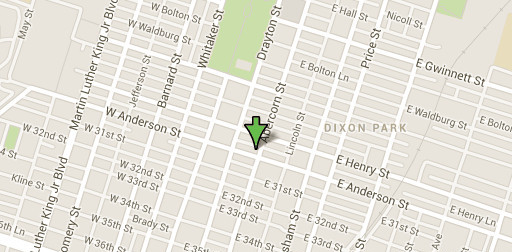But at Beyond Exceptional Dentistry, our dentists use high-tech solutions to get a complete understanding of your jaw function from the anchor points of your jaw and muscles to the tips of your teeth.
Understanding Jaw Form
One of the crucial things we have to look at to ensure we are properly treating your TMJ is the condition and form of your jaw joint. There are many tools to help us with this, but one of the best is cone beam computed tomography (CBCT). CBCT allows us to look at the shape and position of your jaw joints in 3D.
With CBCT, we can make sure that your jaw joint is in the proper position and that it doesn’t have any visible damage to the bones (which can indicate that you might need surgery). It also helps us ensure that the cushioning disc is in place and isn’t being improperly compressed. We can use before images to diagnose the problem and after images to ensure we are achieving the desired results with TMJ treatment.
Translating Form into Function
Although CBCT can provide detailed static images, it doesn’t always tell us what’s going on when your jaw is moving, but we can tell that from the K-7 system. The K-7 system is actually a combination of three diagnostic technologies: electrosonograph, digital jaw tracking, and electromyograph.
The electrosonograph allows us to listen to the jaw joint and determine the way the components are interacting. Does the disc stay in place? Do the bones touch? Is the jaw moving smoothly or is it grating?
The digital jaw tracking shows us exactly how your jaw is moving in three dimensions. It allows us to see whether your jaw motion is smooth or irregular, and whether you have unusual habitual motions to correct for joint or muscle problems.
The electromyograph allows us to measure muscle tension. It tells us whether your jaw muscles can find a comfortable rest position, and if they’re all doing their job as a team. Stressed jaw muscles are a common cause of jaw pain, headaches, neck pain, and more. This also helps us confirm that your TMJ treatment is putting your jaw in the optimal rest position to relieve symptoms.
Living at the Cusp
Of course, we want to see how these jaw positions, jaw motions, and muscle tensions result in pressure on your teeth. That’s what causes tooth wear, chipped teeth, and cracked teeth. And it’s what will cause the early failure of dental restorations if they’re not properly placed.
We can measure the force on your teeth using our T-Scan technology. T-Scan is a digital bite measurement that measures the exact force you put on each tooth (often at multiple points on that tooth), and it measures it in real time. That way we can know if any of your teeth are in danger because of excessive bite force.
And after your full mouth reconstruction, we can use T-Scan to confirm that the forces are balanced and your new bite is healthier and will remain healthier and more comfortable than your old one.
No Guesswork in Our Office
These technologies give us accurate, scientific measurements of your entire jaw system: muscles, bones, and teeth. With some of the best-trained TMJ dentists in the country, some of whom have more than 30 years’ experience treating TMJ, Beyond Exceptional Dentistry knows how to apply these technologies for maximum effectiveness in the diagnosis and treatment of TMJ.
To learn how our advanced technology can help you find relief from TMJ in the Hilton Head area, please call (843) 706-2999 today for an appointment at Beyond Exceptional Dentistry.





